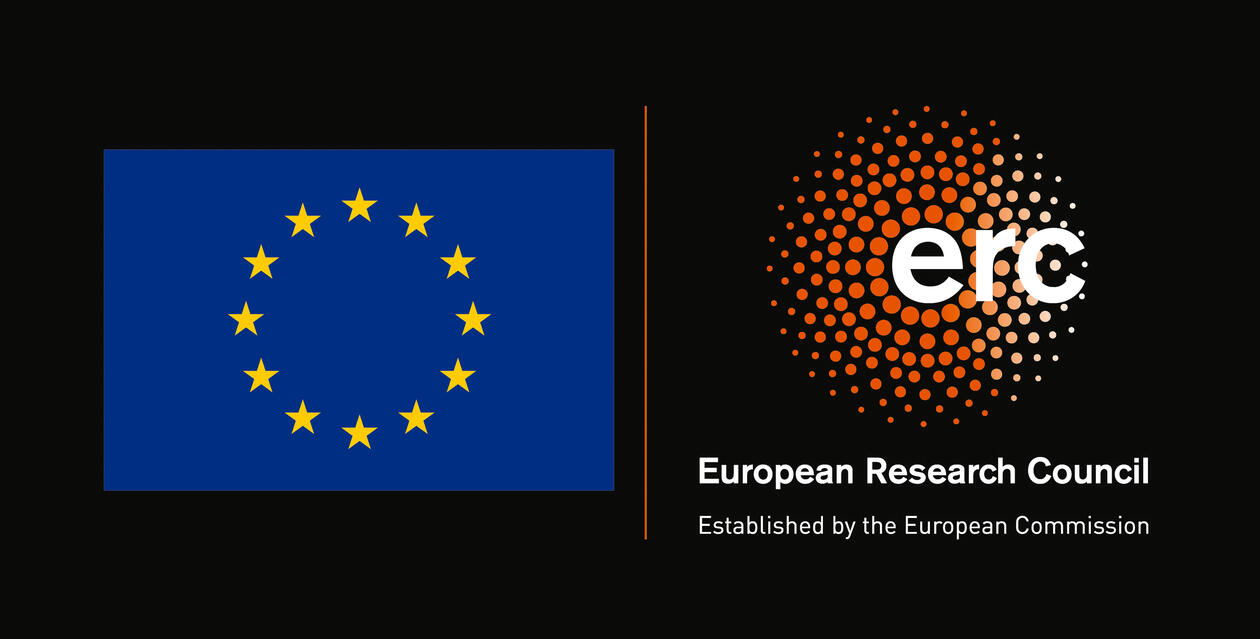Lynagh Group
Our group studies the biophysical function and evolution of neurotransmitter receptors, using molecular phylogenetics, chemical biology, and electrophysiology.

Hovedinnhold
Certain cells in the nervous system (neurons) must rapidly convert surrounding chemical information into electrical signals. This is generally mediated by ligand-gated ion channels, proteins in the cell membrane that in response to chemical stimuli open an intrinsic channel, allowing the selective passage of electrolytes across the cell membrane.
Through this rapid chemo-electric signaling, ligand-gated ion channels – or receptors – make indispensable contributions to animal development and physiology and constitute important pharmacological targets. We use electrophysiological experiments, chemical biology, and molecular phylogenetics to dissect receptor function and evolution.
A major question we are pursuing is the evolution of excitatory neurotransmitter receptors in the nervous system. The chemical basis for the selective recognition of certain neurotransmitters by their receptors is not perfectly understood. We use cutting-edge chemical biology together with comparative and evolutionary analyses to approach this question. Such work employs animal models such as the annelid Malacoceros fuliginosus (pictured below) that was employed to study neuropeptide-gated channels (full paper here).”

